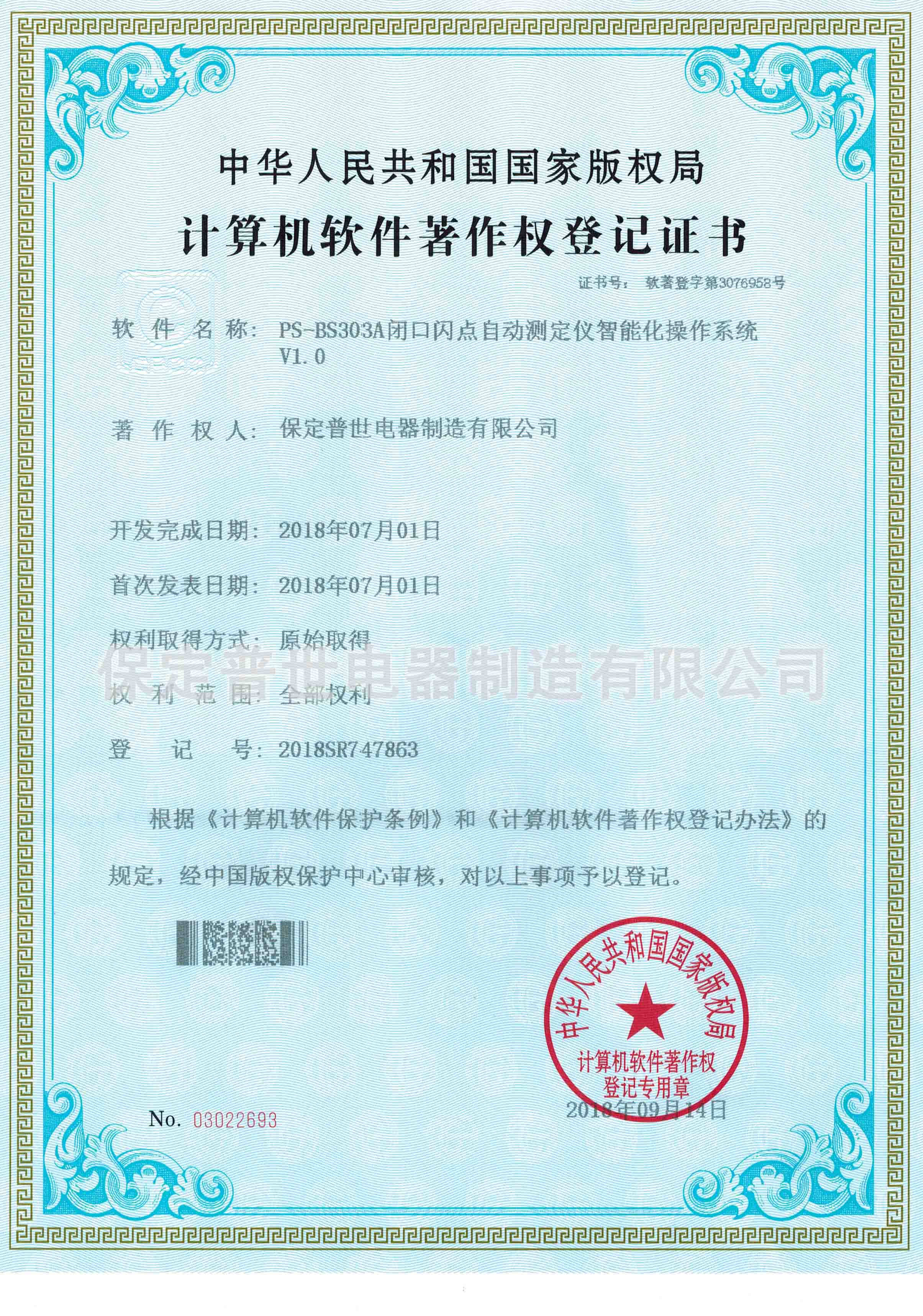 English
English


Understanding the Importance of Generator Rated Current in Electrical Applications and Performance Efficiency
Understanding Generator Rated Current A Key Parameter for Performance
Generators are vital components in various sectors, including industrial, residential, and commercial applications. One of the crucial specifications that define a generator's capabilities is its rated current. Understanding this concept is essential for anyone involved in the design, selection, or operation of generators.
What is Rated Current?
The rated current of a generator is the maximum current it can deliver continuously without overheating or suffering damage. Expressed in amperes (A), this value is critical for determining how much electrical load a generator can support. The rated current is influenced by factors such as the generator’s design, the type of fuel it uses, and its operational environment.
Significance of Rated Current
1. Load Capacity The rated current directly relates to the load a generator can handle. When selecting a generator for a specific application, it's crucial to ensure that the rated current aligns with the anticipated load. If the load exceeds the rated current, the generator may overheat, leading to premature failure or safety hazards.
2. Efficiency Generators are designed to operate efficiently within their rated specifications. By adhering to the rated current, operators can maximize fuel efficiency and performance. Operating a generator above its rated current may lead to increased fuel consumption and reduced overall efficiency.
3. Safety and Compliance Understanding the rated current is essential for ensuring safety and compliance with electrical codes. Overloading a generator can not only damage it but also pose fire hazards and other safety risks. Many regions have regulations that dictate how generators should be used, including limits on power output; knowing the rated current helps operators stay within these legal boundaries.
generator rated current

4. Maintenance Planning Knowing the rated current helps in planning maintenance schedules. Generators operating continuously at or near their rated current may require more frequent maintenance. By monitoring operating conditions and load, operators can better predict when maintenance should occur, thus minimizing downtime and enhancing reliability.
Factors Influencing Rated Current
Several factors can affect a generator's rated current
- Temperature Higher ambient temperatures can impact a generator's cooling ability, thus affecting the rated current. Generators typically have derating charts that indicate how the maximum rated current changes with temperature.
- Altitude At higher altitudes, the air density decreases, which can reduce a generator's performance. This factor leads to derating to prevent overheating and ensure optimal operation.
- Power Factor The rated current is also dependent on the power factor of the load. A lower power factor indicates that more current is required to deliver the same amount of useful power. Understanding the power factor of loads connected to a generator is vital for accurate sizing and operation.
Conclusion
In summary, the rated current is a fundamental specification of generators that directly correlates with their performance, efficiency, and safety. Understanding this parameter is critical for selecting the right generator for an application, ensuring safe and efficient operation, and planning maintenance effectively. When evaluating a generator for specific needs, always consider its rated current alongside other specifications to ensure optimal performance and safety. Proper knowledge of rating and operational factors will help maximize the utility of generators in various applications, ultimately leading to business productivity and safety.
-
Differences between open cup flash point tester and closed cup flash point testerNewsOct.31,2024
-
The Reliable Load Tap ChangerNewsOct.23,2024
-
The Essential Guide to Hipot TestersNewsOct.23,2024
-
The Digital Insulation TesterNewsOct.23,2024
-
The Best Earth Loop Impedance Tester for SaleNewsOct.23,2024
-
Tan Delta Tester--The Essential Tool for Electrical Insulation TestingNewsOct.23,2024





